Last Updated: March 25, 2024
Aim for APRs below 15%
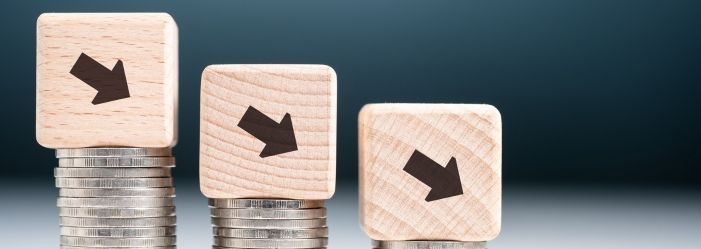
Disclaimer: We are not qualified legal or tax professionals and are not giving advice. Always speak with a qualified professional before making any legal or financial decisions.
Searching for a new credit card brings a critical question to the forefront: What is a good APR? With average rates currently soaring above 20%, understanding the APR landscape is more crucial than ever.
This guide clarifies APRs, from how they're calculated to strategies for securing rates well below the national average.
Whether you're aiming to lower existing rates or shopping for your first card, understanding what makes an APR 'good' can save you significantly in the long run.
Skip the scroll, start solving your debt now with our free consultation.
What is APR?
ARP is the amount of interest charged on credit card purchases and cash withdrawals. The quick version is that the APR is based on the prime rate or the lending rate that is offered to borrowers with the best credit scores, generally over 690. We’ve covered how credit card interest works in great detail in a previous article. For more information on how APR works, read our article about how credit card interest works.
APR Scores
APR is tied to the best credit rating. If you have a less-than-stellar credit score, you probably will not get that amazing rate featured in the advertisements. The current average credit card interest rate on purchases is 16.97%. Occasionally you will be offered an introductory 0% on balance transfers or purchases. These can be great if you can pay off the balance within the time limit. Read the fine print to understand what the interest is after the introductory rate ends.
Cards with more bells and whistles like travel miles or rewards will probably have higher APR rates.
APR Varies Even on the Same Credit Card
If you read the fine print on your credit card bill, you’ll note that the APR varies based on what you’ve used the card for. APRs on purchases, balance transfers, and cash advances will all be different. Some cards will increase your APR if you are late with a payment.
Low APR Cards
If you want a low APR, you can probably expect no such perks like cash back rewards. You will save on interest charges if you carry a balance each month.
Check out credit unions for better APRs on credit cards. You may be able to cut the standard APR in half!
Higher APR Cards
These higher-rate credit cards generally offer perks. However, you’ll find that carrying a balance on higher-rate cards negates the value of the rewards.
Be careful about being sucked into applying for credit cards offered by your favorite merchant. You may save money on an initial purchase, but store cards generally come with high APRs. If you carry a balance, they may charge interest retroactively on those purchases you made at the beginning.
Getting a Better APR
If your credit score is too low to qualify you for the best rates, there are several steps available that you can take. The short version is to pay your cards on time, we’ll detail more actions in How to Raise Your Credit Score 100 Points Overnight.
Current Credit Card APR Trends
As of January 2024, the average credit card APR sits at 22.75% according to the Federal Reserve. Rates have been rising over the past year due to increases in the Federal Funds rate. Experts predict rates may continue to climb in 2024 as the Fed fights inflation.
When evaluating if an APR is "good," make sure to compare it to current average rates. An APR significantly below 22.75% can be considered good in today's environment. Monitor APR trends to determine if a rate remains competitive over time.
Negotiating a Lower APR
If your credit score has improved since you opened your credit card, you may be able to negotiate a lower APR. Reach out to the credit card company and politely ask for a lower rate based on your good payment history and higher score. Mention that you have received offers from competitors with lower rates. Be persistent and willing to make a case for why you deserve a lower APR.
Bring up any of these points when negotiating:
- You've been a loyal customer for X years
- Your credit score is now above 700
- You keep your card balance low
- You've never made a late payment
- Competitors are offering you lower rates
While not guaranteed, a phone call asking to lower your rate takes little effort and could potentially save you money on interest charges. Give it a try!
FAQs
Conclusion
When evaluating if a credit card's APR is "good," make sure to compare it to current average rates and trends. As of January 2024, the average APR is 22.75%. While 0% introductory rates are ideal in the short term, focus on your ongoing purchase APR for long-term savings if you carry a balance. This rate can vary greatly depending on your credit score.
In general, excellent credit unlocks the best rates. Aim for APRs below 15% with scores above 760. Improving your credit and negotiating with issuers can help lower your interest rates over time. Remember - if you pay your balance off every month, your APR does not impact you. Avoid interest charges by paying on time and in full each billing cycle rather than getting caught up in chasing low APR offers.
Stay savvy on current rate environments and manage credit responsibly to maximize savings. Compare APRs frequently and take action if better offers arise or your needs change.
Pacific Debt, Inc.
If you are unable to make even the minimum payments on your credit cards and you have a balance over $10,000, there is help available for debt relief. You may benefit from credit counseling, debt consolidation, or debt settlement.
Pacific Debt Inc. is one of the leading debt settlement companies in the US. We help you understand your options and whether or not debt settlement is your best option. If it is not, we will refer you to a trusted partner who may be more appropriate for your financial situation.
If you’d like more information on debt settlement or have more than $10,000 in credit card debt that you can’t repay, contact Pacific Debt, Inc. We may be able to help you become debt-free in 2 to 4 years and we’ve settled over $300 million in debt for our customers since 2002.
Once you’ve completed our debt settlement program, your financial situation should start to improve. You’ll then be able to take the money you once had to pay towards your debt and be able to use it for other purposes like saving, investing, retirement, etc. Pacific Debt, Inc. is accredited with the Consumer Debt Relief Initiative (CDRI) and is an A+ member of the Better Business Bureau. We rate very highly in Top Consumer Reviews, Top Ten Reviews, Consumers Advocate, Consumer Affairs, Trust Pilot, and US News and World Report.
Pacific Debt is currently providing debt relief coverage in the following states:
Alabama, Alaska, Arizona, Arkansas, California, Colorado, District of Columbia, Florida, Idaho, Indiana, Kentucky, Louisiana, Massachusetts, Maryland, Michigan, Minnesota, Missouri, Mississippi, Montana, North Carolina, Nebraska, New Mexico, New York, Oklahoma, Pennsylvania, South Dakota, Texas, Utah, Virginia, Wisconsin
* Other states can be connected to one of our trusted partners
*Disclaimer: Pacific Debt Relief explicitly states that it is not a credit repair organization, and its program does not aim to improve individuals' credit scores. The information provided here is intended solely for educational purposes, aiding consumers in making informed decisions regarding credit and debt matters. The content herein does not constitute legal or financial advice. Pacific Debt Relief strongly advises individuals to seek the counsel of qualified professionals before undertaking any legal or financial actions.
Reduce Your Credit Card Debt By Up to Half
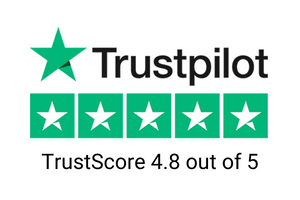
BBB Reviews | 4.9/5.0 Rating
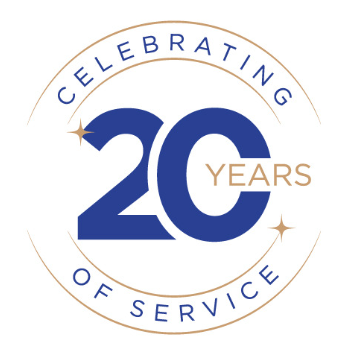






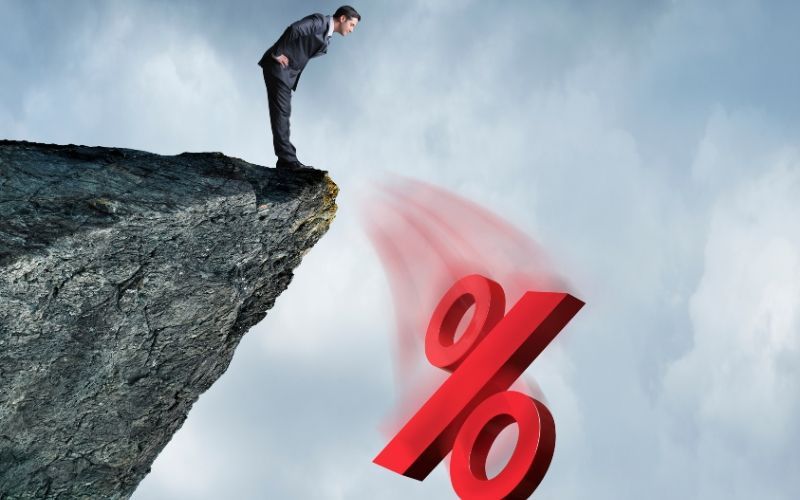
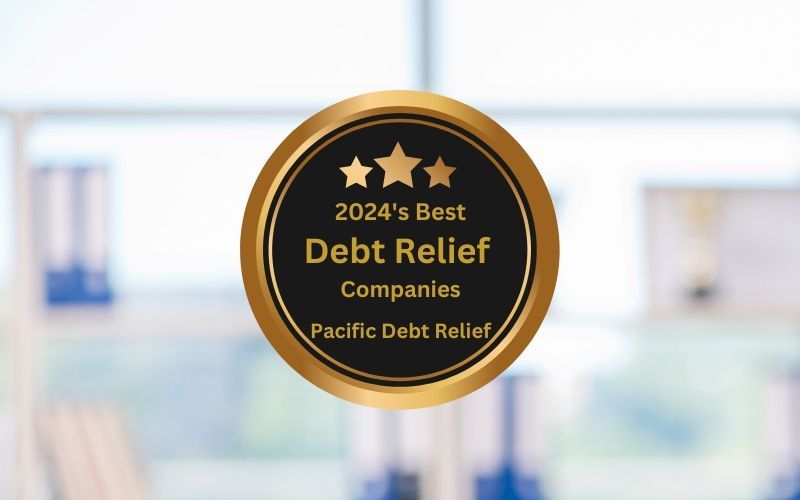
 Do Not Sell My Personal Information
Do Not Sell My Personal Information